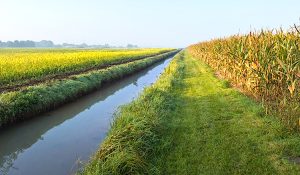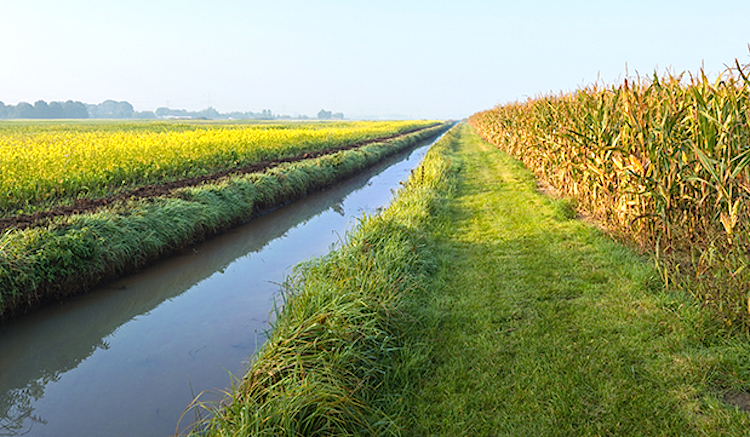
PIERRE, S.D. – Signs are pointing to South Dakota having more serious talks about protecting the state’s waterways from agriculture runoff. It has conservationists feeling hopeful, even with political complications.
The legislature’s Executive Board received a water quality update last week. For rivers and streams, nearly 80% of the stretches evaluated do not support one or more of their beneficial uses, like swimming or fishing. Contributing factors include fertilizers and other farm pollution.
Key lawmakers mentioned incentives for landowners to do their part are not enough, with tougher regulations floated.
Travis Entenman, executive director of Friends of the Big Sioux River, said it could be a new era for the state.
“There’s just a lot of runway left for us to explore to see how we can best manage our water resources,” Entenman contended.
According to South Dakota Searchlight, a top Republican lawmaker suggesting a tougher approach also acknowledged how difficult talks will be within farming circles. His comments were criticized by the governor, who is a rancher.
If additional resources are recommended, a tight budget forecast for the state next year might limit how much new money is spent. Legislative officials said the outlook is grim for additional federal support.
Entenman argued if the state waits to take meaningful action, more communities will face pressure to clean up pollution they are not responsible for.
“What’s happening is downstream communities are impacted and have to bear the burden of cleaning up the water,” Entenman pointed out. “We are subsidizing upstream activities.”
For the Big Sioux River, unsafe levels of E. coli are a big concern, with researchers noting the most likely source of bacteria is animal waste. Entenman’s group wants to provide more funding to help farmers implement “buffer strips” between their fields and local waterways. He also likes the idea of tougher permitting and stressed there should be avenues to limit financial strain for struggling farms.





